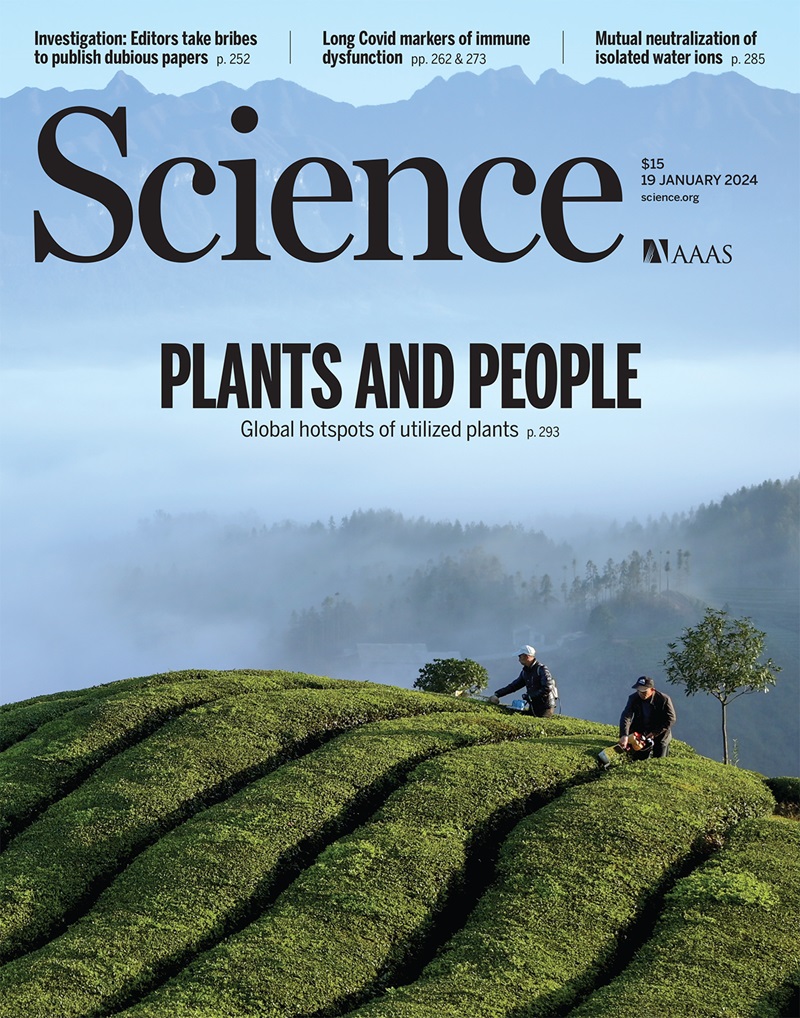Gastruloids enable modeling of the earliest stages of human cardiac and hepatic vascularization
IF 44.7
1区 综合性期刊
Q1 MULTIDISCIPLINARY SCIENCES
引用次数: 0
Abstract
Although model organisms have provided insight into the earliest stages of cardiac and hepatic vascularization, we know very little about this process in humans because of ethical restrictions and the technical difficulty of obtaining embryos during very early development. In this study, we demonstrate that micropatterned human pluripotent stem cell–derived gastruloids enable in vitro modeling of the earliest stages of vascularization. We identify a combination of vascular-inducing factors that give rise to cardiac vascularized organoids with a spatially organized and branched vascular network. To show the broader utility of our vascularization strategy, we use the same vascular-inducing factors to produce hepatic vascularized organoids. Our results suggest that a conserved developmental program generates the vasculature within different types of organs.

类胃原体能够模拟人类心脏和肝脏血管形成的最早阶段
尽管模式生物已经为心脏和肝脏血管形成的早期阶段提供了见解,但由于伦理限制和在早期发育阶段获得胚胎的技术困难,我们对人类的这一过程知之甚少。在这项研究中,我们证明了微图型人类多能干细胞衍生的类胃原体能够在体外模拟血管化的最早阶段。我们确定了血管诱导因子的组合,这些因子产生了具有空间组织和分支血管网络的心脏血管化器官。为了显示我们的血管化策略的更广泛的效用,我们使用相同的血管诱导因子来产生肝脏血管化的类器官。我们的结果表明,在不同类型的器官中,一个保守的发育程序产生了脉管系统。
本文章由计算机程序翻译,如有差异,请以英文原文为准。
求助全文
约1分钟内获得全文
求助全文
来源期刊

Science
综合性期刊-综合性期刊
CiteScore
61.10
自引率
0.90%
发文量
0
审稿时长
2.1 months
期刊介绍:
Science is a leading outlet for scientific news, commentary, and cutting-edge research. Through its print and online incarnations, Science reaches an estimated worldwide readership of more than one million. Science’s authorship is global too, and its articles consistently rank among the world's most cited research.
Science serves as a forum for discussion of important issues related to the advancement of science by publishing material on which a consensus has been reached as well as including the presentation of minority or conflicting points of view. Accordingly, all articles published in Science—including editorials, news and comment, and book reviews—are signed and reflect the individual views of the authors and not official points of view adopted by AAAS or the institutions with which the authors are affiliated.
Science seeks to publish those papers that are most influential in their fields or across fields and that will significantly advance scientific understanding. Selected papers should present novel and broadly important data, syntheses, or concepts. They should merit recognition by the wider scientific community and general public provided by publication in Science, beyond that provided by specialty journals. Science welcomes submissions from all fields of science and from any source. The editors are committed to the prompt evaluation and publication of submitted papers while upholding high standards that support reproducibility of published research. Science is published weekly; selected papers are published online ahead of print.
 求助内容:
求助内容: 应助结果提醒方式:
应助结果提醒方式:


